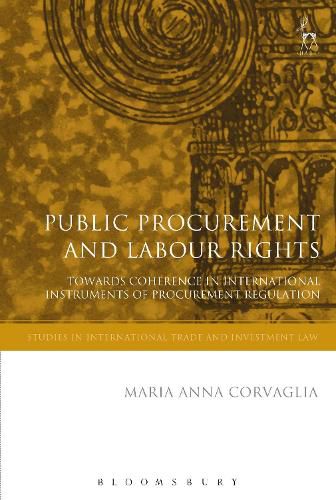Readings Newsletter
Become a Readings Member to make your shopping experience even easier.
Sign in or sign up for free!
You’re not far away from qualifying for FREE standard shipping within Australia
You’ve qualified for FREE standard shipping within Australia
The cart is loading…






This book investigates patterns of fragmentation and coherence in the international regulatory architecture of public procurement. In the context of the major international instruments of procurement regulation, the book studies the achievement of social and labour policies, the most controversial and problematic instrumental uses of public procurement practices.
This work offers an innovative comparative approach, discussing the ways in which the different international instruments-namely the EU Procurement Directives, the WTO Agreement on Government Procurement, the UNCITRAL Model Law and the World Bank’s Procurement Framework-are able to implement labour and social purposes and, at the same time, ensure a regulatory balance with the principles of efficiency and non-discrimination.
Scholarly, rigorous and timely, this will be important reading for international trade lawyers and procurement practitioners.
$9.00 standard shipping within Australia
FREE standard shipping within Australia for orders over $100.00
Express & International shipping calculated at checkout
This book investigates patterns of fragmentation and coherence in the international regulatory architecture of public procurement. In the context of the major international instruments of procurement regulation, the book studies the achievement of social and labour policies, the most controversial and problematic instrumental uses of public procurement practices.
This work offers an innovative comparative approach, discussing the ways in which the different international instruments-namely the EU Procurement Directives, the WTO Agreement on Government Procurement, the UNCITRAL Model Law and the World Bank’s Procurement Framework-are able to implement labour and social purposes and, at the same time, ensure a regulatory balance with the principles of efficiency and non-discrimination.
Scholarly, rigorous and timely, this will be important reading for international trade lawyers and procurement practitioners.